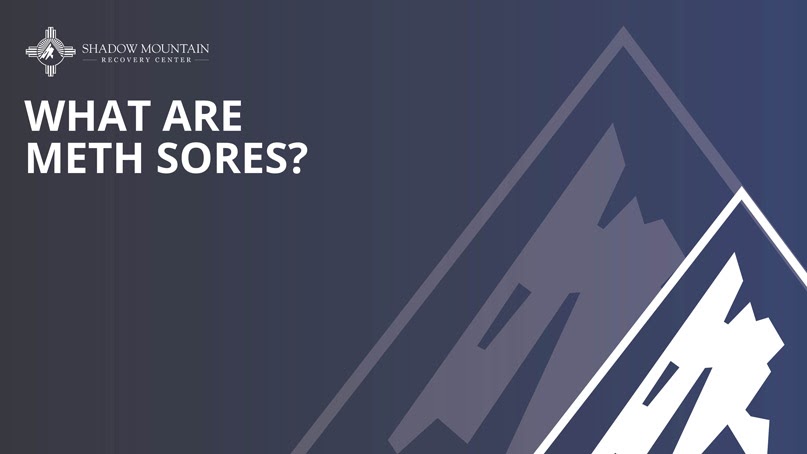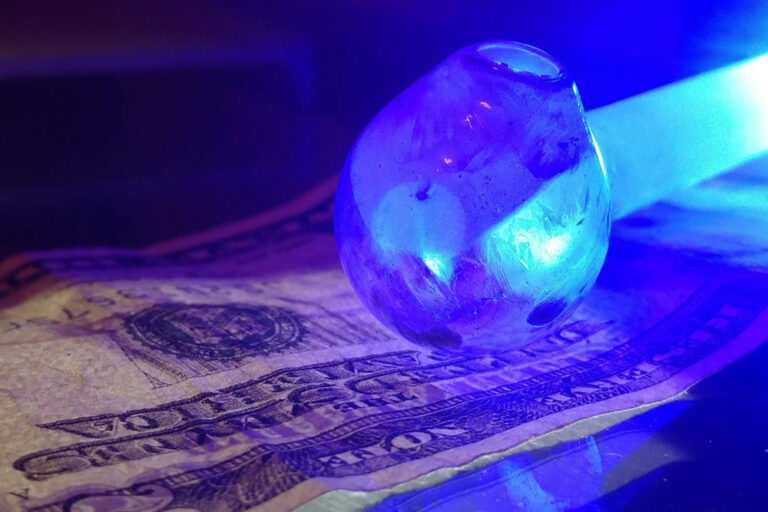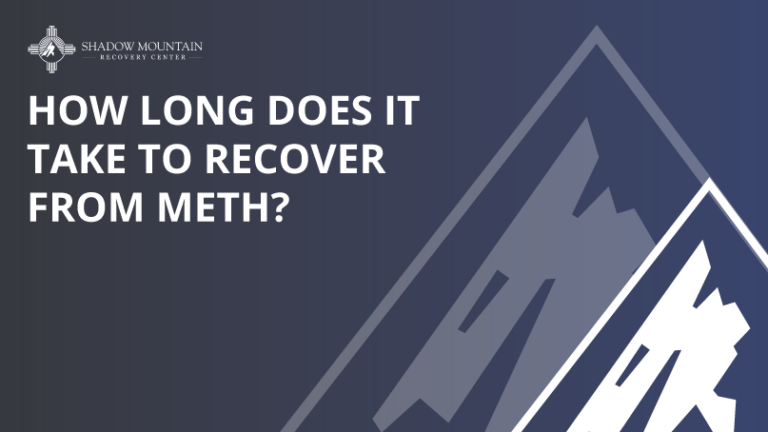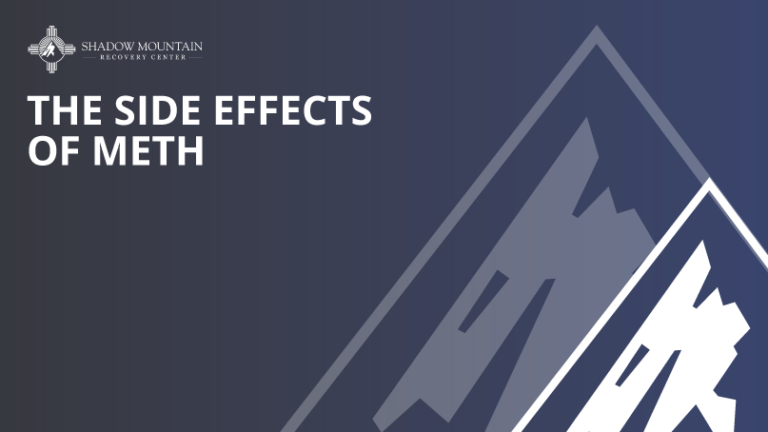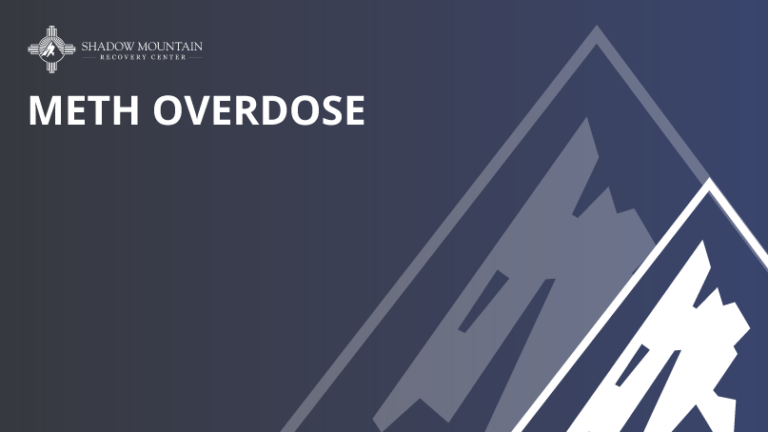Meth Sores: What They Are, and How To Treat Them
Meth Sores: What They Are, and How To Treat Them
I couldn’t remember how long it had been since I’d seen my friend from college. So much had changed. Her cheeks were sunken in, her eyes were darker somehow, and she had all these spots on her. They looked like scabs, like she’d been in some kind of accident.
Later that day I saw some on her arms too. It scared me because all I could think was it looked like she was melting, like she was wasting away. I didn’t know how to ask her about it because I wasn’t sure at first what they were. Then another friend of ours went ahead and brought it up.
“Are you addicted to meth or something?” I felt mean for not defending her, not immediately saying there had to be some other explanation. I had thought that same thing when I first saw her though.
She broke down and started crying. At first, we thought it was because she was offended and that something else was going on, so she felt hurt her friends thought she was addicted to meth. Eventually though, she told us the truth. Yes, she was addicted to meth. Yes, they were meth sores, (or meth scabs). I thought, “What are meth sores?”. Then I remembered the last time I’d seen her. It wasn’t even a year ago.
We all decided to get her help at the nearest meth treatment program.
What Are Meth Sores or Meth Scabs?
Most commonly found on the face, meth sores are wounded, splotchy, scabby, or open patches of skin. Other than the face, these sores are capable of forming anywhere on the body, with the second most likely spots being the chest and the arms.
They form after continued meth use over a period of time. While the sores are not always infected they can in fact become infected easily, usually due to a lack of personal hygiene that may come along with meth addiction. Infection adds more danger to the situation due to the possibility of further medical complications from untreated, infected wounds.
How/Why Do Meth Sores Form?
There may be a few reasons why. As mentioned above, someone who is actively struggling with a meth addiction may be doing little to no self-care. If their addiction has overtaken their life, they may be showering less or not at all and potentially not caring for small wounds they’ve received. This can lead to infected meth sores which is a dangerous situation.
Meth Face Sores
One way many people use meth is to smoke it through glass tubes, which can become heated to the point of burning them. If these burns are not treated they can become infected and will turn into what we would recognize as meth sores.
Although meth sores on face may form due to all of these factors, burns or other small wounds could contribute to facial sores much more easily. General hygiene helps us to remain acne free, for instance, and neglecting this can lead to intense acne breakouts that may appear as meth face sores.
Body Sores
Someone who is addicted to meth may experience certain side effects that can lead to the sores developing, specifically picking at their skin. Typically, someone who is addicted to meth will be picking at their skin because they feel as if there are bugs or mites on them or under their skin. This is referred to as formication and is a common side effect of continued meth use, and of meth addiction.
All of these factors may lead to meth sores forming. Another reason is that the toxic chemicals meth is made of affect the body in many ways, but one of them is to decrease the body’s natural ability to heal itself. One of the ways this happens is blood flow decreases so a wound that would ordinarily clot with blood (which is a step in the healing process) may remain open much longer than normal.
Why Meth Is So Toxic for Your Skin, Mouth, and Brain
As listed by the Kansas Department of Health and Environment, meth could contain: brake fluid, brake cleaner, iodine crystals, lithium metal, lighter fluid, drain cleaners, ethyl ether, anhydrous ammonia, and sodium metal. None of these are safe to ingest, let alone smoke and/or inject intravenously.
Just one of these chemicals or substances alone is enough to cause great damage to someone. Anhydrous ammonia, for instance, is typically used in farming as a kind of fertilizing step. The Centers for Disease Control list the potential dangers of contact with anhydrous ammonia as: eyes, nose, and throat irritation; difficulty breathing; wheezing and/or chest pain; excess fluid in the lungs, which is also called pulmonary edema; and skin burns.
Now imagine you are addicted to inhaling a substance containing that chemical. The chemicals contained in methamphetamine are so dangerous that discarded meth labs can still lead to deaths, even if someone is merely coming along and finding the leftover materials.
What Else Meth Can Do To Your Body?
Although smoking and/or injecting meth can lead to meth sores developing, there are actually much worse side effects from consuming this toxic drug. As the National Institutes of Health lay out, some of these side effects are reversible, though not all are.
First, meth has been shown to affect how the brain of someone who is addicted responds to certain situations. Because methamphetamine causes your body to release chemicals that naturally occur, such as dopamine, addiction can form because your body likes what it is feeling.
That’s because dopamine plays specific roles in how humans are motivated to do certain things and is one of the more studied chemicals when it comes to addiction. If your brain is tricked, so to speak, into producing much more dopamine in a short period of time, like when methamphetamine is used, the body may naturally begin to crave the substance/setting where the dopamine originated.
Meth Withdrawal Symptoms
One way to ensure one or all of these meth withdrawal symptoms do not result in using meth again is to enroll in a medically-supervised detox program. That means a detox program that fully supports a patient around the clock as they’re dealing with their body adjusting to the complete abstinence from methamphetamine.
Shadow Mountain Recovery Center has nurses and doctors on staff and ready to take care of any situation that might arise during detox. Ensuring the comfort and safety of each person is the first goal and one Shadow Mountain takes very seriously.
And since you know not everyone will experience the exact same withdrawal symptoms, each person has an individualized treatment plan to address exactly what they need.
Call Shadow Mountain Today for Meth Addiction Treatment
Whether you are calling for yourself or for someone else, reach out to one of the Shadow Mountain rehab centers today and ask how you can begin meth addiction treatment. It can be difficult to make that first step, but we are here to help in any way we can.
Detox and inpatient care is a scary proposition sometimes, but in the end the recovery and lifelong healing will be worth it. Do not be afraid to reach out with questions. Someone is always available to talk to you here at Shadow Mountain. Give us a call at 505-657-2117 or visit our website to read more about our treatment options. You are not alone.

